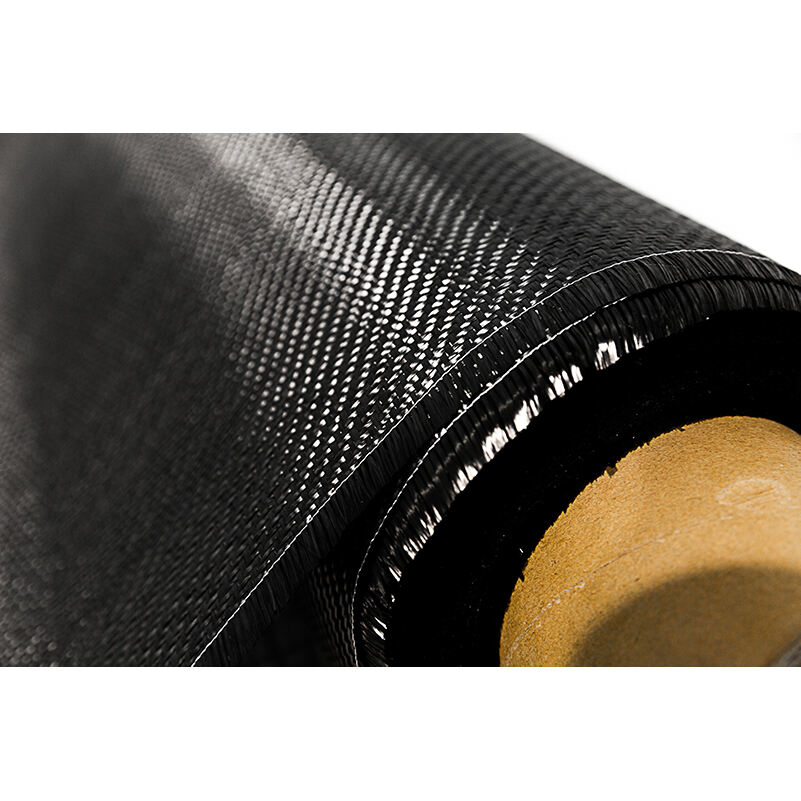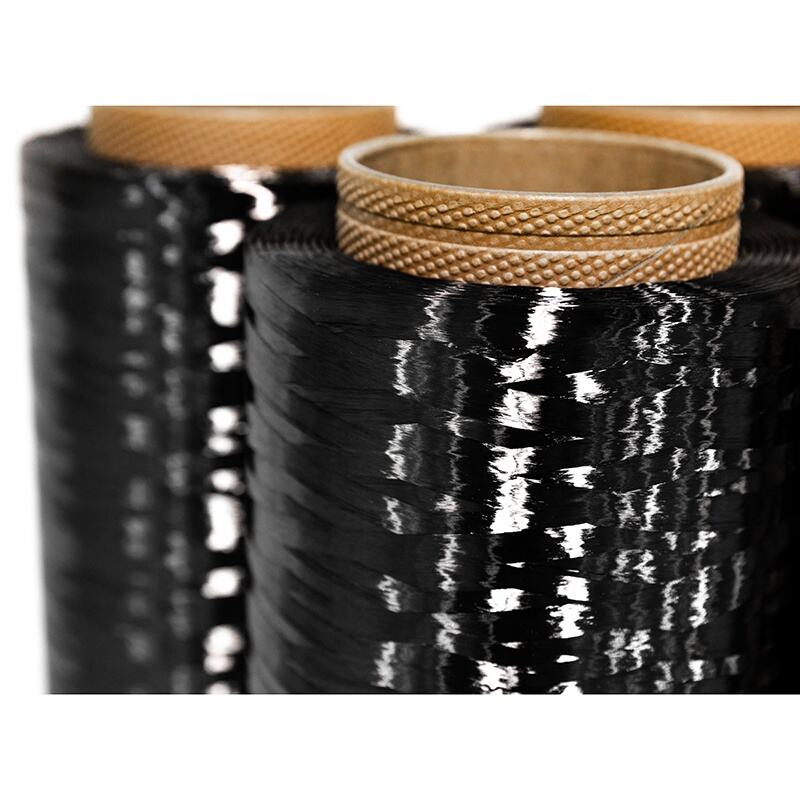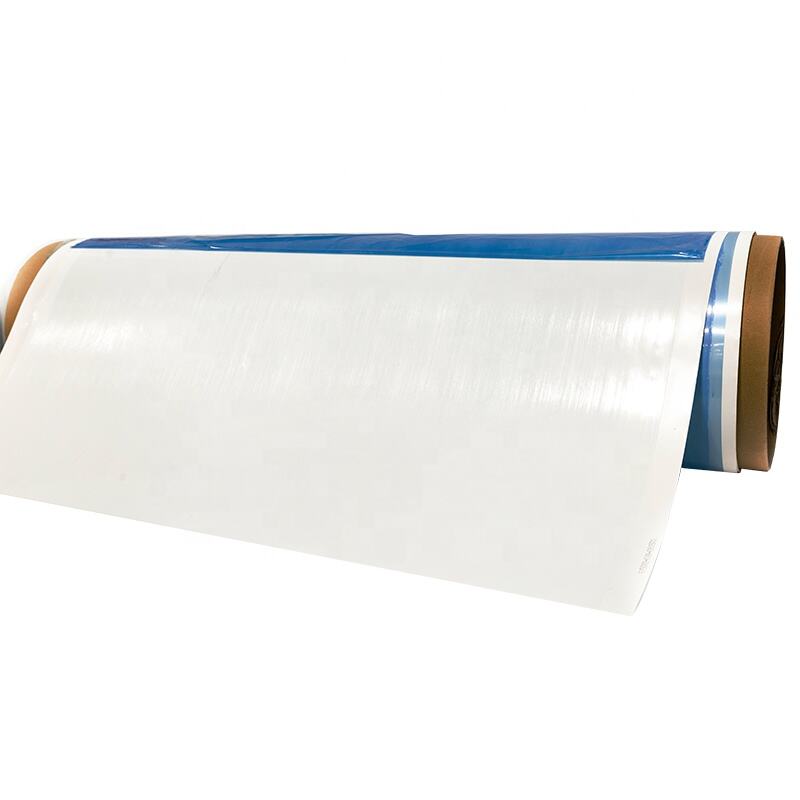cfrp
Carbon Fiber Reinforced Polymer (CFRP) represents a groundbreaking advancement in material science, combining lightweight carbon fibers with durable polymer matrices to create an exceptionally strong composite material. This innovative material exhibits remarkable strength-to-weight ratios, surpassing traditional materials like steel and aluminum. CFRP consists of carbon fiber filaments embedded within a polymer resin matrix, typically epoxy, creating a material that offers superior mechanical properties. The carbon fibers provide exceptional tensile strength and stiffness, while the polymer matrix ensures structural integrity and load distribution. In manufacturing, these materials undergo precise layering processes, where carbon fiber sheets are strategically oriented and bonded together to achieve optimal performance characteristics. CFRP finds extensive applications across various industries, from aerospace and automotive to sporting goods and construction. In aerospace, it enables the creation of lighter, more fuel-efficient aircraft components. Automotive manufacturers utilize CFRP in high-performance vehicles to enhance speed and efficiency while maintaining structural integrity. The construction industry benefits from CFRP's corrosion resistance and durability in reinforcing structures. Additionally, its application in sporting equipment has revolutionized performance gear, from tennis rackets to bicycle frames.


